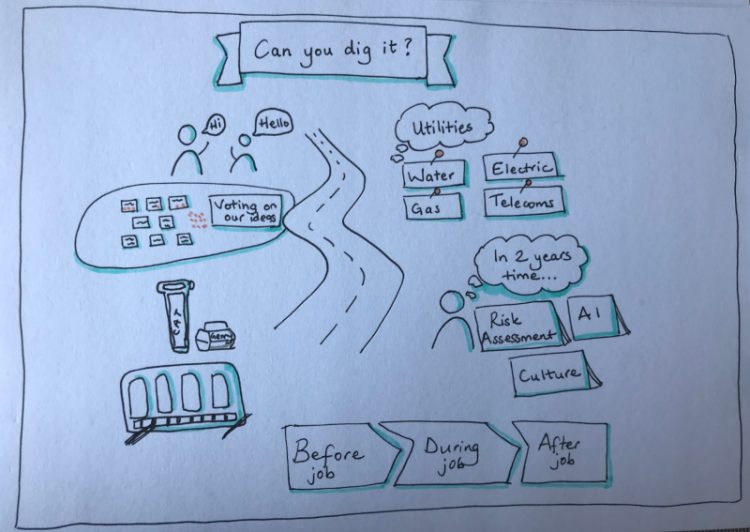
Can we use AI to change the culture of safety? Ridding ourselves of rudimentary checklists paves the way for smarter, more efficient processes for excavation sites and their audits. Safety audits should no longer be a noted ‘must do’, but rather a seamless part of our way of life. This requires ease, comfort and maximising our intuition.
At Northumbrian Water Limited’s (NWL) #InnovationFestival20, we worked on a design sprint, ‘Can You Dig It?’, with experts from Health & Safety, Water and AI to figure out how to do exactly that. Below, you will find the exciting journey we embarked upon and the pot of gold at the end of the rainbow.
Discovery Day:
After a focused discussion with our fellow sprinters, we identified that we must transform safety culture, and that we must do this by creating technological tools whereby proactive response and inspections can be conducted with minimal friction. We need to identify risks ahead of time, progress from rudimentary checklists, have a ‘fresh pair of eyes’ during the job and improve the sharing of information across the sector.
We knew Vyntelligence has the infrastructure in place to help kickstart this cultural shift. Field engineers can use the app with ease, document safety risks quickly and highlight through video the key points.
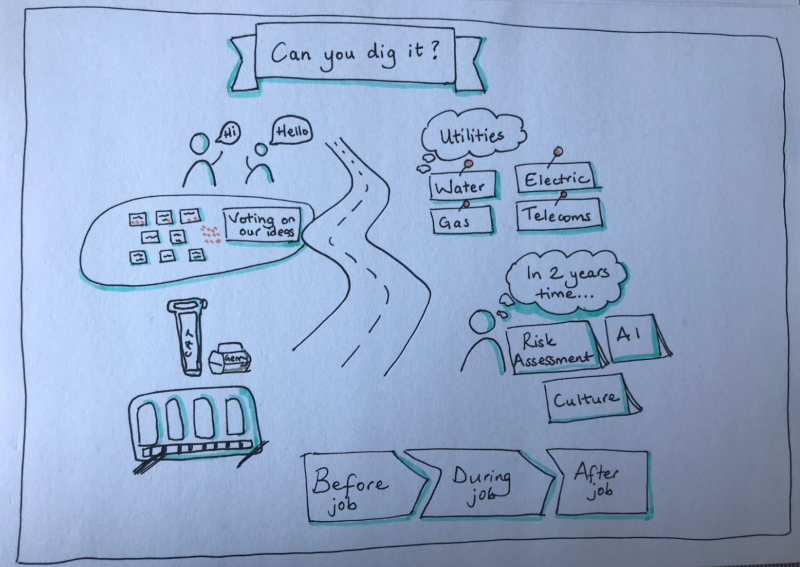
Drawn by Suzy Tanrikuli, Network Services Area Manager at NWL on the first day of our sprint.
Reimagining and Ideation Day:
Sometimes, problem solving can breed stagnation for the problem solvers. Hence, we received insights from Mayank Sharma on Data Scoring, discussing the usefulness of data and AI to help teams increase the efficiency of their outcomes. Paul Conway spoke on the required change in focus by Fire Commanders to assess safety better than is currently done with checklists. These insights helped us ideate around the requirements of the sector and the tools we hope to use.
Our Head of Data Science & Analytics, Mohit Mehta, discussed the capabilities of the Vyntelligence platform with regards to Geotagging, Keyword labelling and Storytelling. With the use of these features, we can adapt Vyns to suit the specific use-cases and build upon these features to match any additional app functionality that may be required.
With the ideas all set in place, it was time to think about how these ideas might fit within our vision to change the culture of safety.
Visualisation Day:
We wanted to actualise, at least in draft, this vision that was forming. We had learnt the issues that we might tackle, reflected upon them, received new insights for experts and we now at the stage where we needed to construct a solution.
Design Sprints boast the benefit of allowing a variety of different people to create together. Below, you can see the ideas that we were forming and more importantly, how they were being formed.
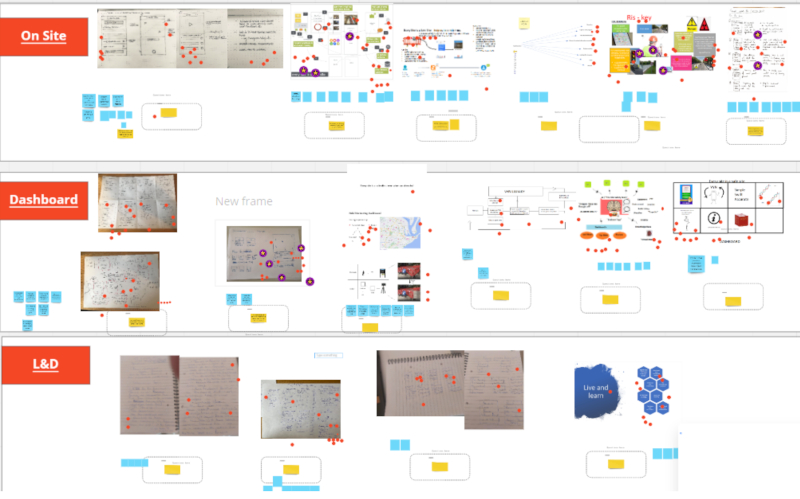
The idea with the most votes was a new style of Vyn Dashboard where field workers can find their own vyns, other recommended vyns, and reminders. Essentially, creating an organised board where vyns are the sticky notes contributing valuable safety information. We were all excited to see the tangible results of all of our ideas.
Evaluation Day:
On the final day, our engineers created a prototype for the Vyn Dashboard that really captured the vision of transforming safety culture.
The idea was that the dashboard showed the steps a field worker would take to access their daily work, see suggested Vyns, search for relevant Vyns and then be prompted to capture their own Vyns to assess the risks.
The other angle we focused on was from the manager’s perspective. Managers need to be able to view high priority Vyns so they can review trends and data, and maybe provide field workers with a safety rating. Vyns can also already be annotated with comments and labels for the field worker to see and respond to this.
You can view the Vyn Dashboard prototype, built by our engineers, here:
https://vyn-nwl-innovation-2020.netlify.app/dashboard
The prototype helped everyone working in the sprint see the process of making Vyns from the perspective of a field service worker. With the prototype built, we were ready to do some testing and bring this project to life. The sprint ended on a high as we were all proud of the work we had done and achieved together as the #Classof2020!
“We rounded off the sprint reminiscing about how many cups of tea had been consumed, how many 100s of Jaffa Cakes and Hob Nobs had been snaffled, how many times the phrase “you’re on mute” had been uttered (4758!) and what a great sense of community we had unexpectedly achieved through Zoom!” – Suzy Tanrikuli, Network Services Area Manager
We also received some fantastic feedback from Claire Sharp, Head of NWL Customer Services, who recommended Vyntelligence to UKPN as a tool that really makes it easy for customers to visualise issues:
“This festival has seen a distinct shift from analog & process innovation to more digital and AI. There is a common theme across multiple sprints to improve the customer journey with clever use of technology. vyn for example has really helped simplify the experience for NWL customers reporting leaks and damages – using mobile video and AI technology and I could see a lot of Utility companies participating in the innovation festival benefit from this”
A special thanks also to Nigel Watson, Tony Erskine, Neil Russell, Barry Siddle and John Archbold for helping obtain and provide us with feedback on our project.
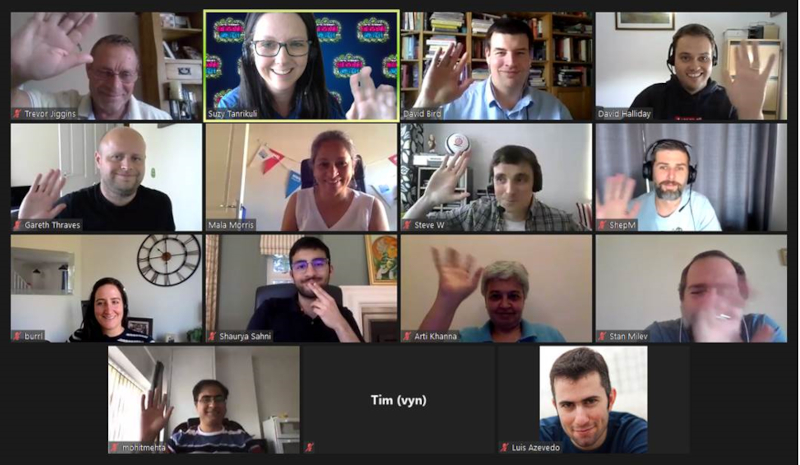
So where are we now?
We’ve started to change the culture of excavation safety. We have the ideas and we have the prototypes of some tools. The design sprint organised by NWL was a great place to kickstart this vision.
At Vyntelligence, we’re now trying to take this a step further using data. We know we can deliver a culture-changing product, increase safety, reduce risk and keep field service workers at excavation sites safe.
Our AI is being trained to identify and predict safety risks on site. It can, from a 60-second vyn, label and categorise the safety risks you present. With enough data, the AI can, for example, start collating all the most common safety risks that can be preempted.
Therefore, we have built an OpenData platform. We want to encourage as many people and enterprises as possible to provide us with data of excavation sites and road works to help train our AI better. It is as simple as clicking a link, walking past some roadworks and taking a 60 second video explaining what you see.
What do you get in return? Not only the chance to contribute to a change in the culture of safety, but as an OpenData Initiative, we will provide you with the dataset we receive from all entries. Essentially, you give us 10 and we give you 100 back. Data is the currency, the enabler, the savior and everything in between. You help us create and we give you something of value.
A big thank you to Northumbrian Water Group and all those involved in our Can You Dig It? design sprint. We’re happy to all be able to say: Yes we can!

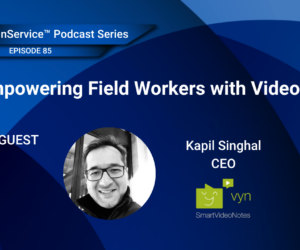

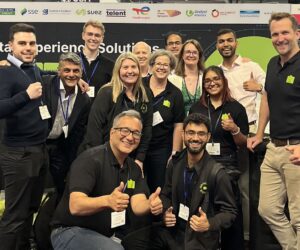
Leave a reply